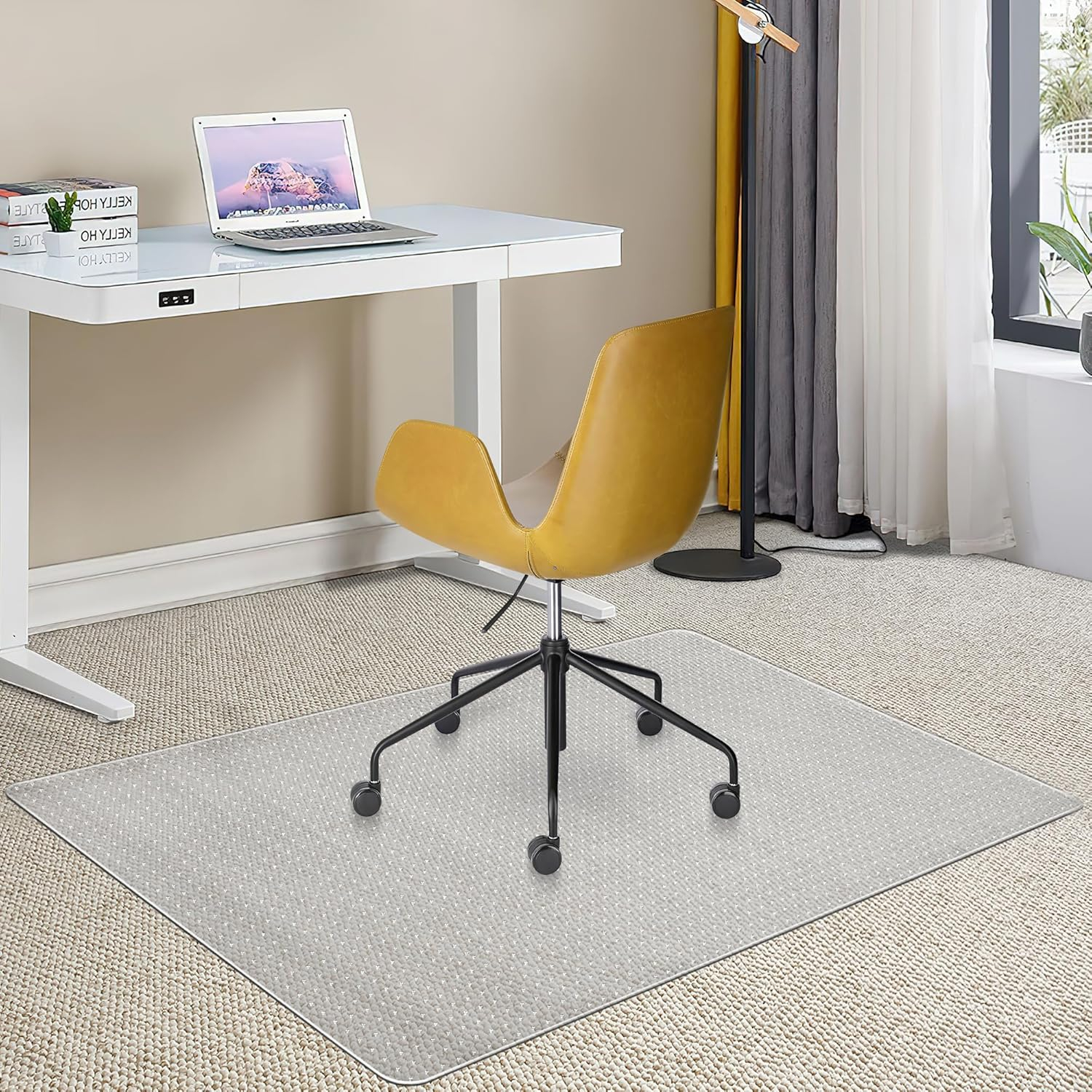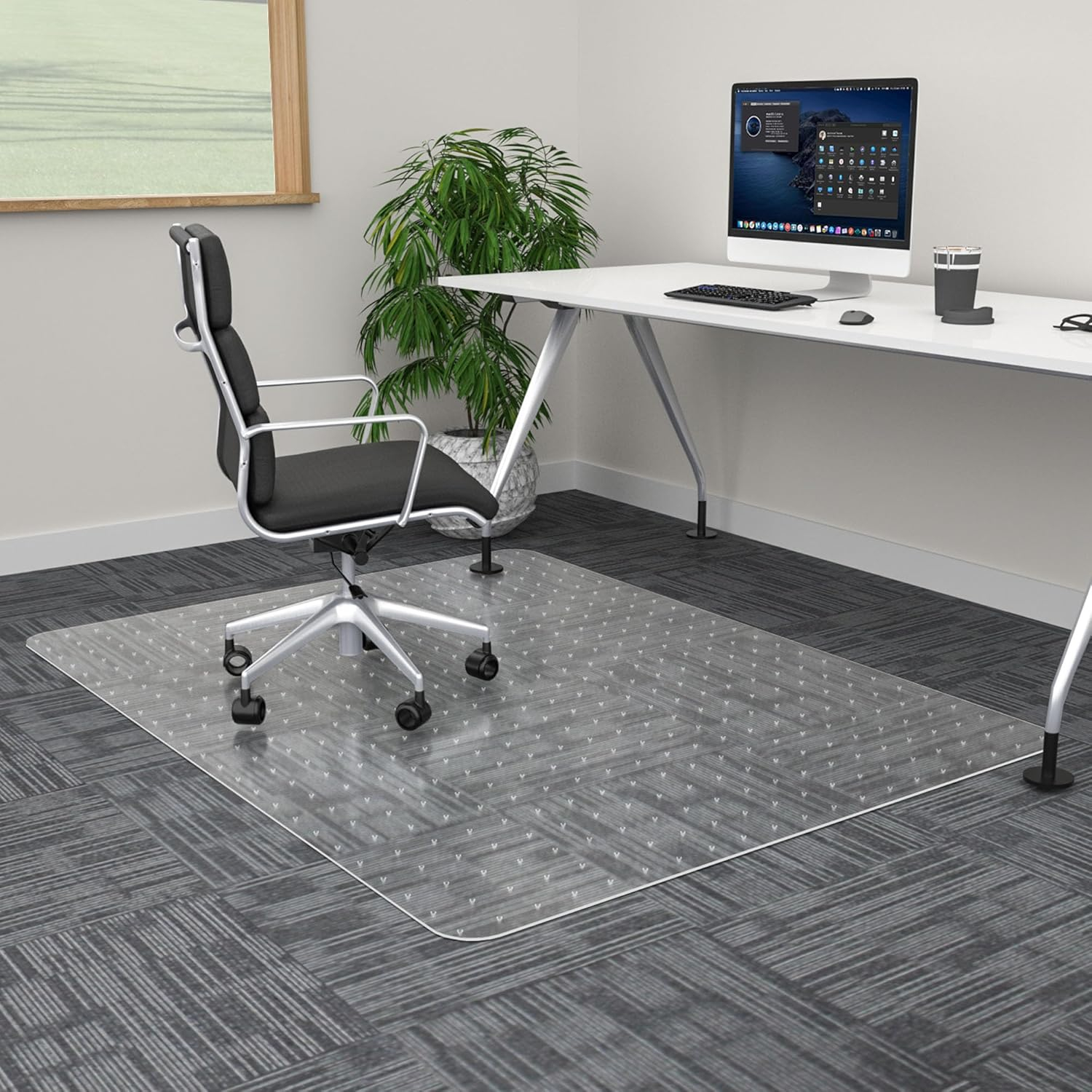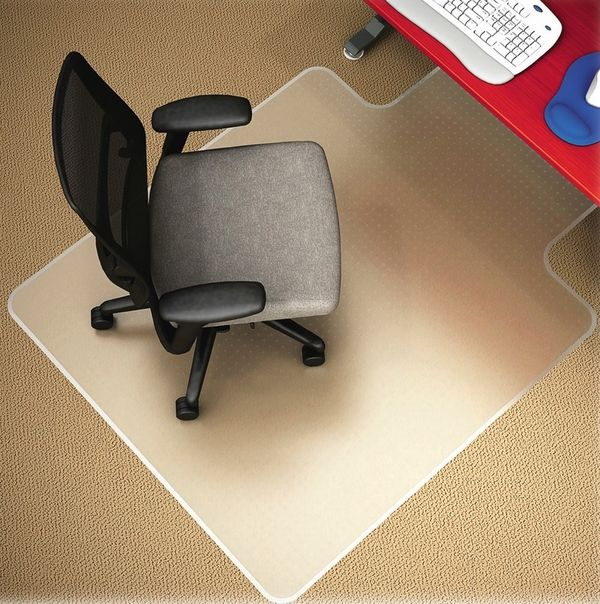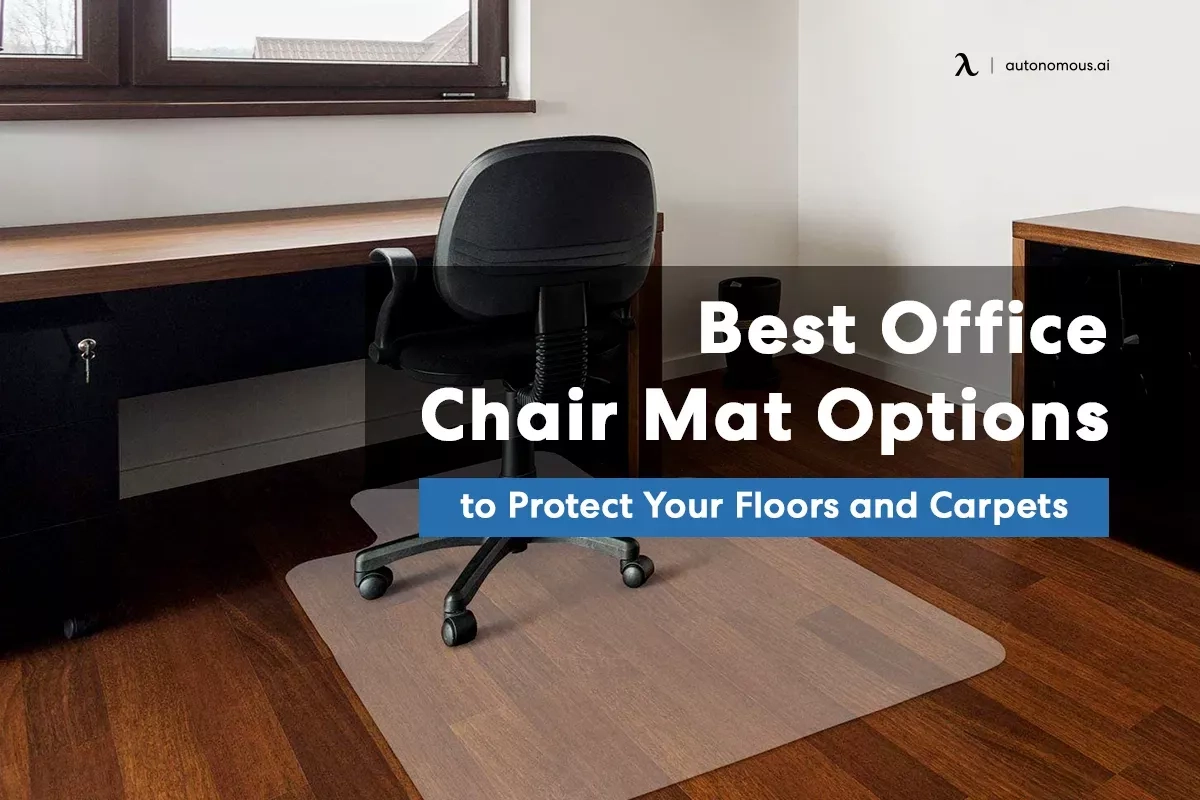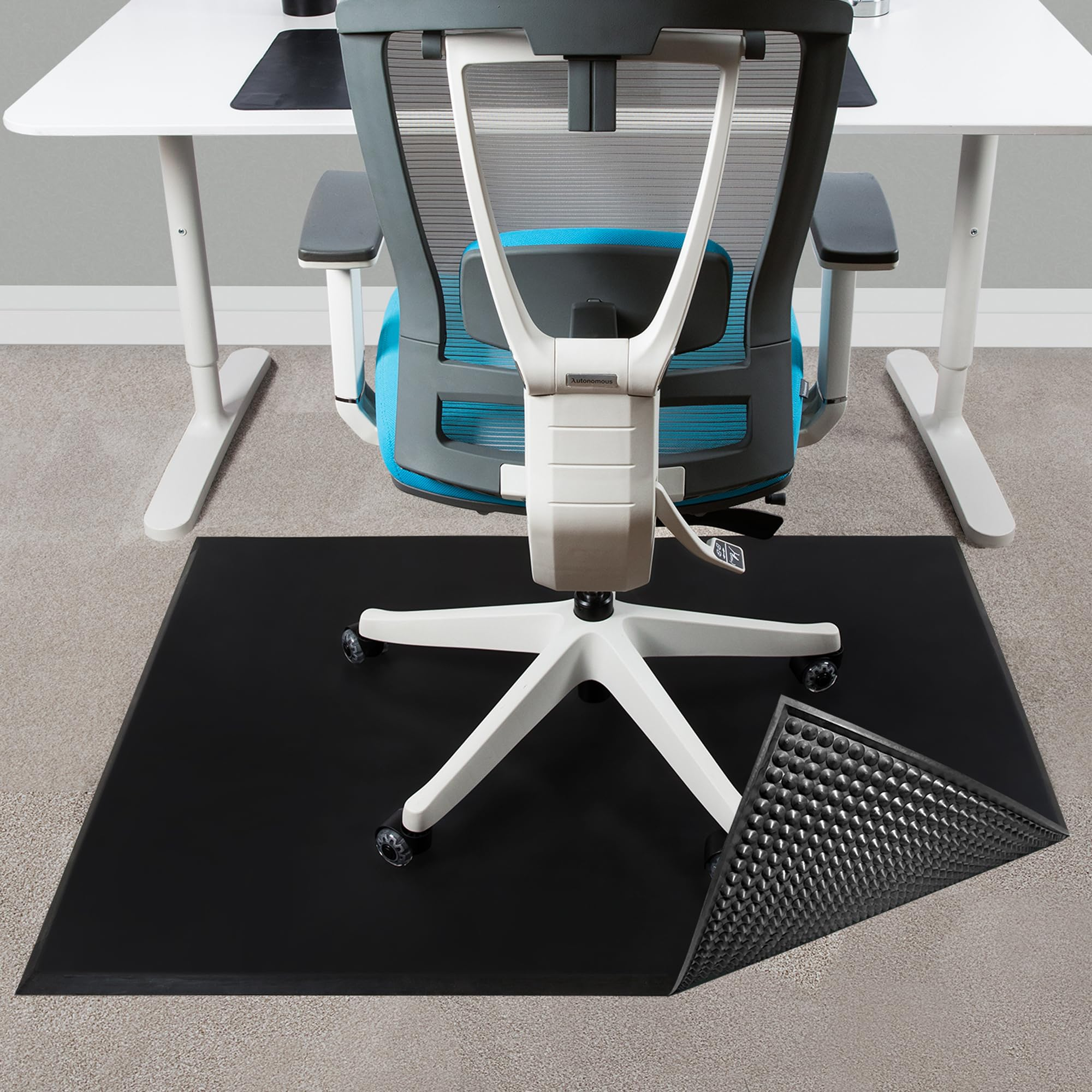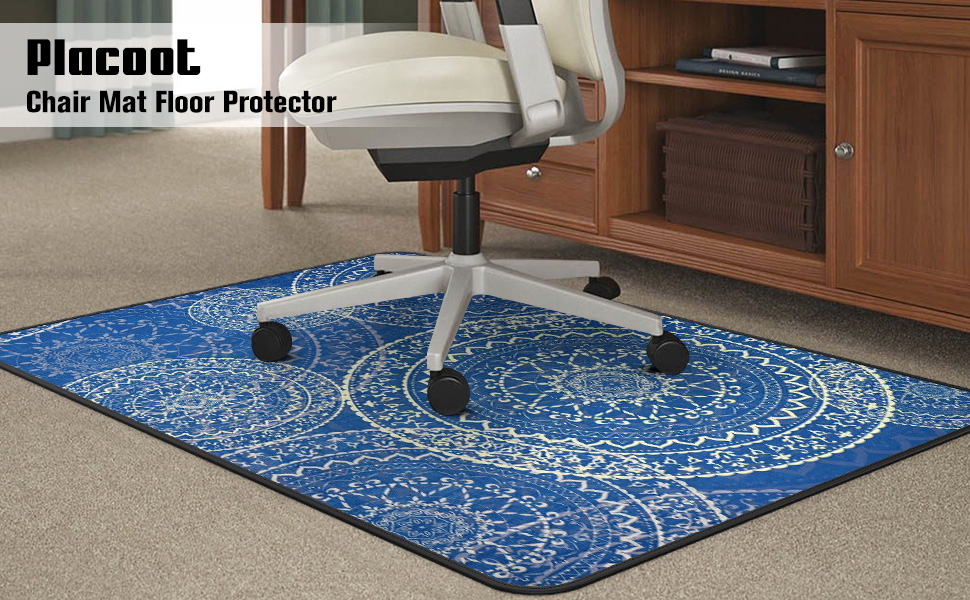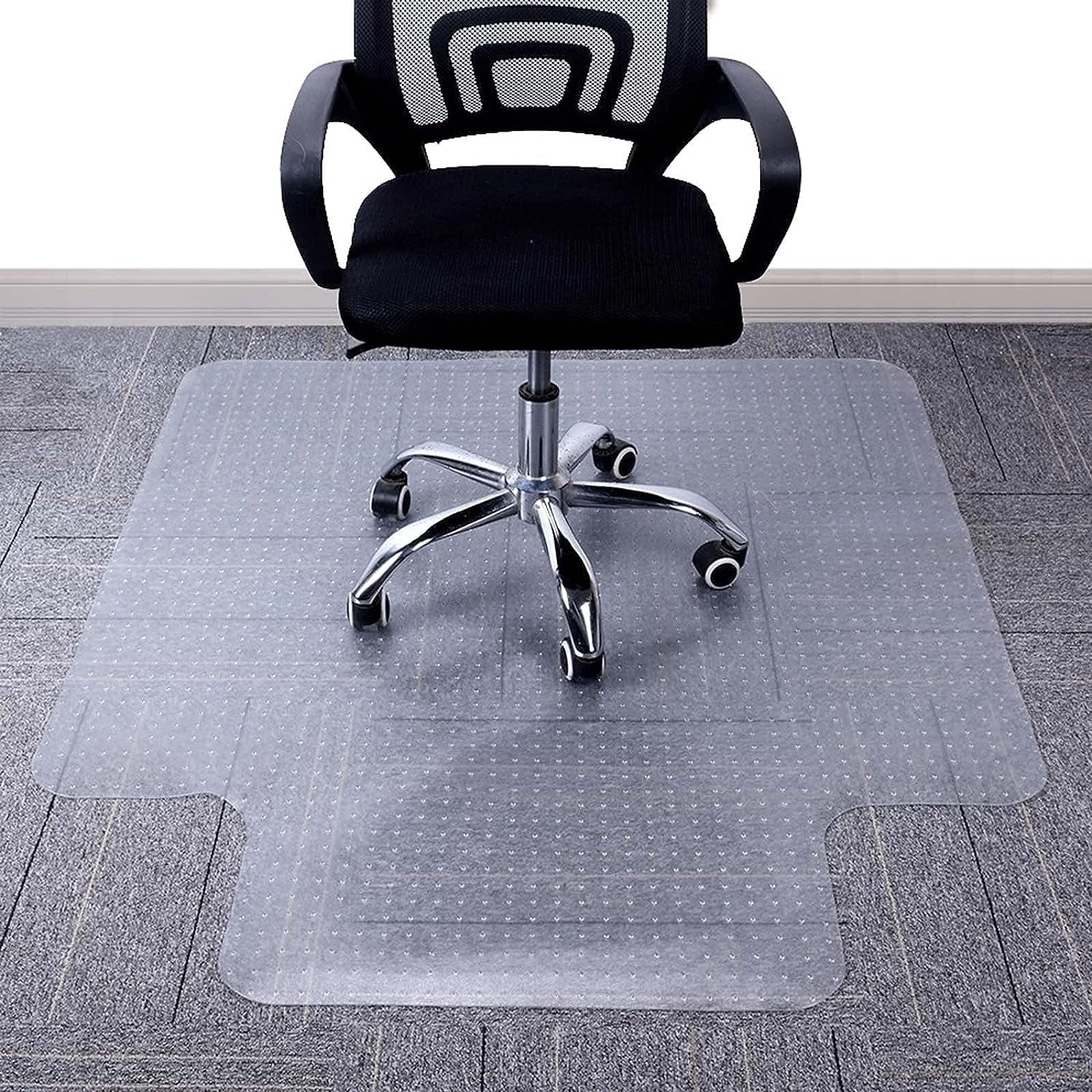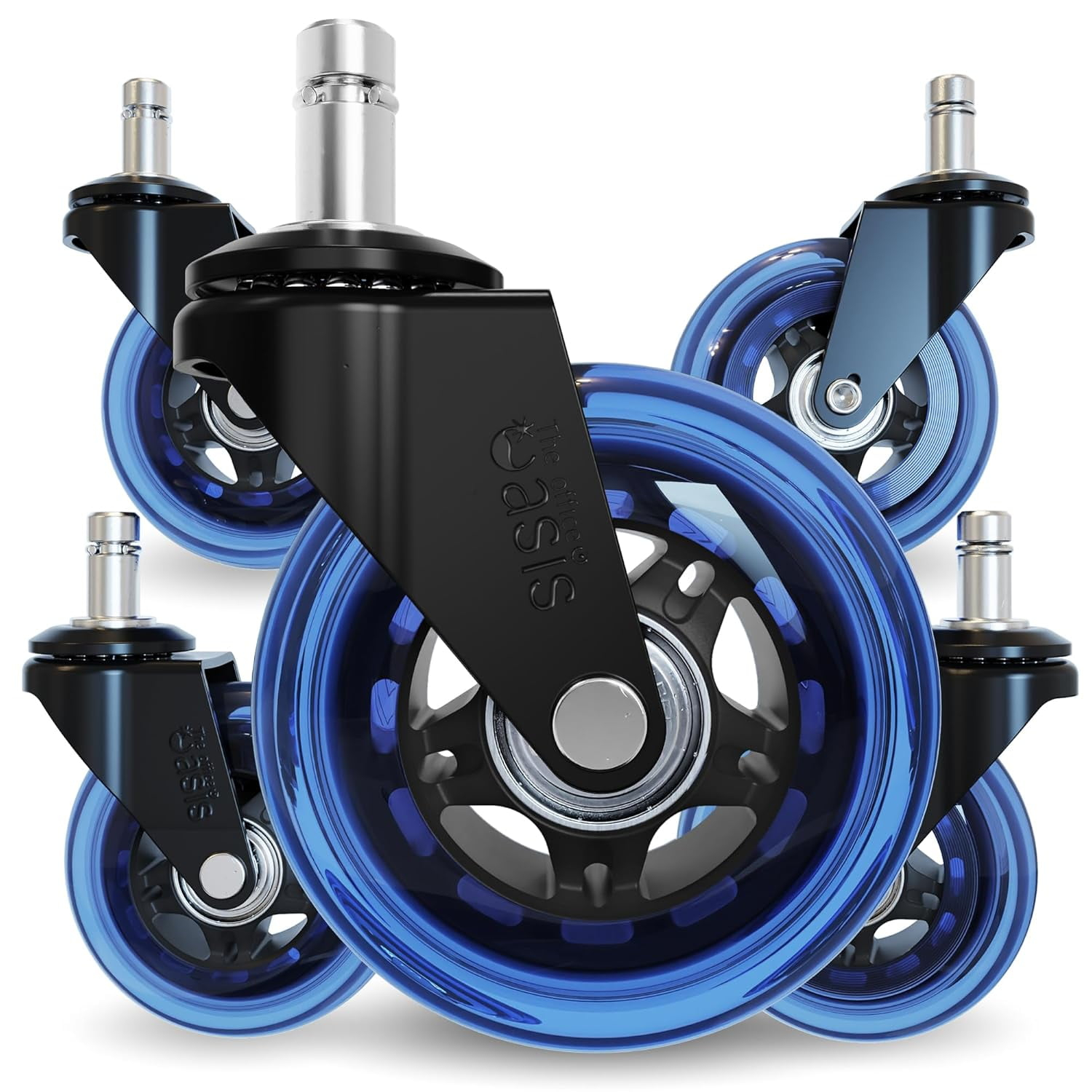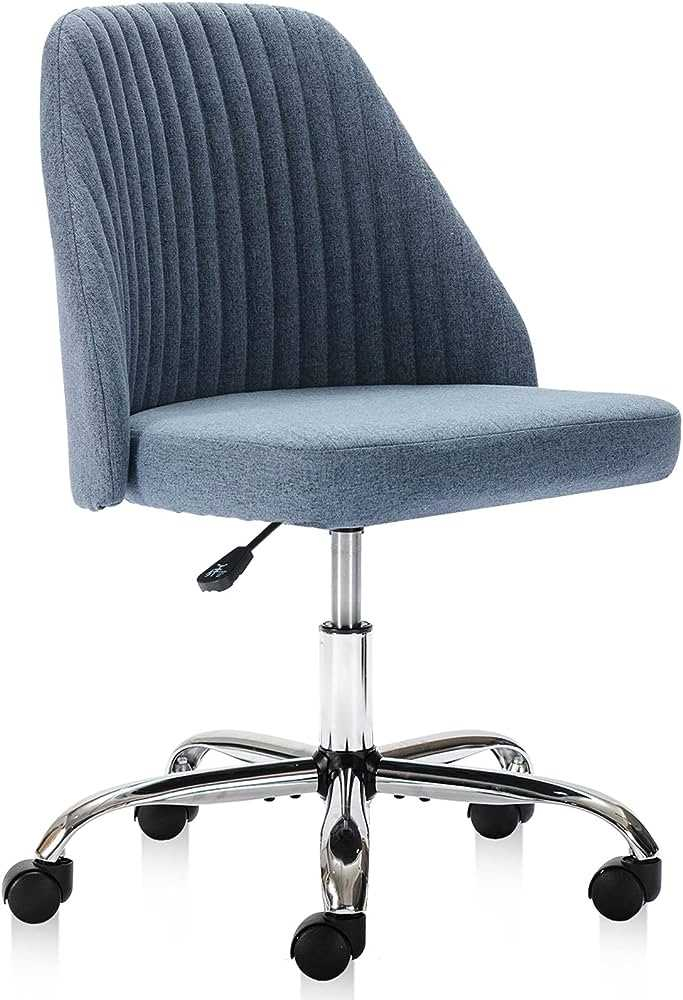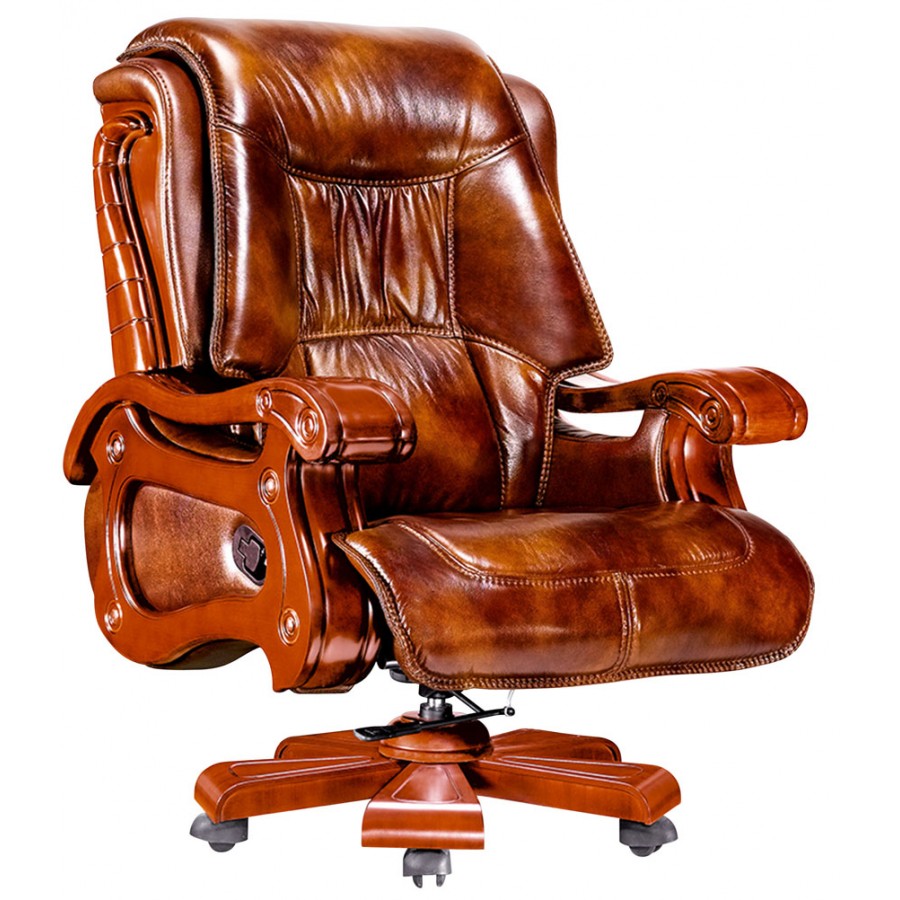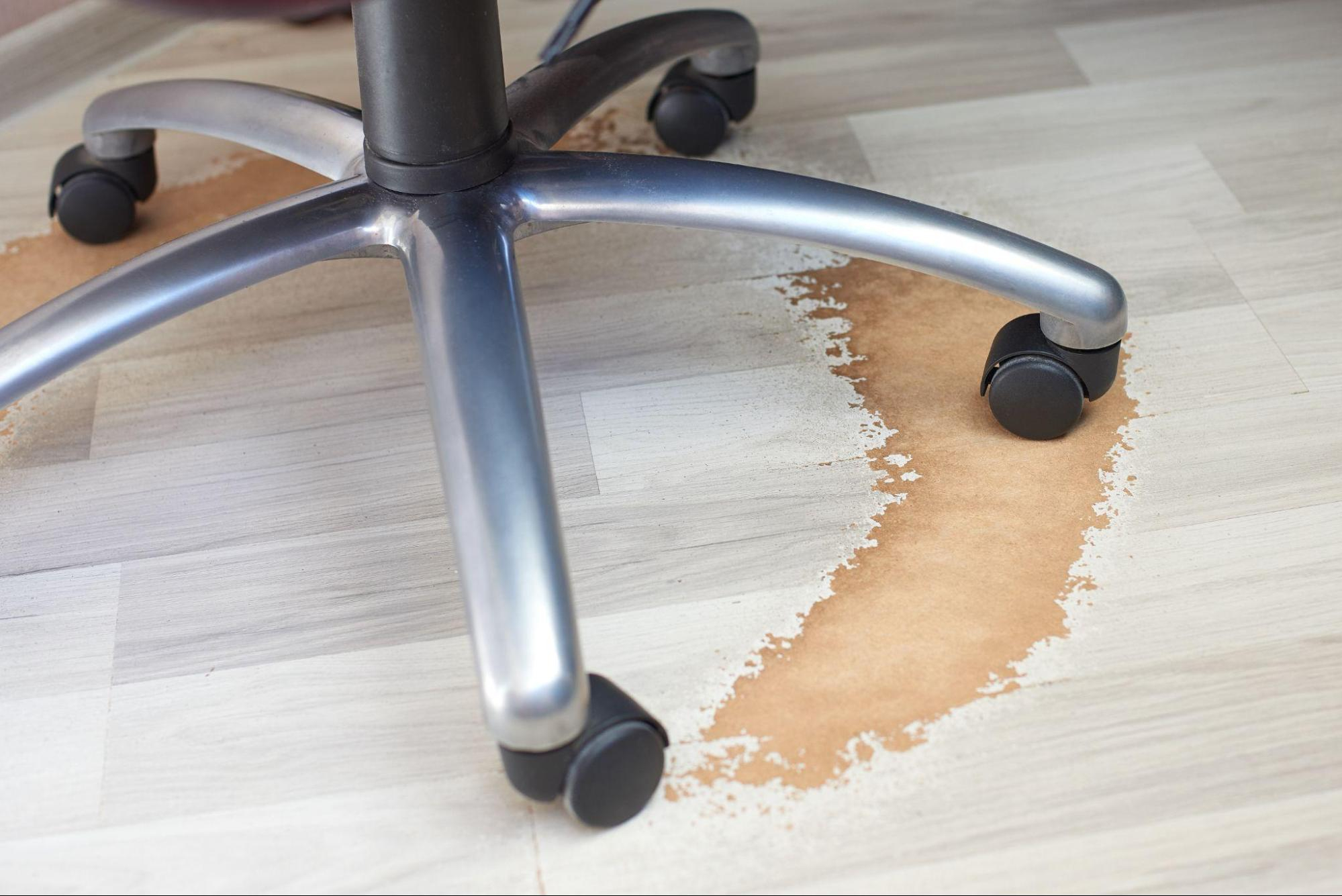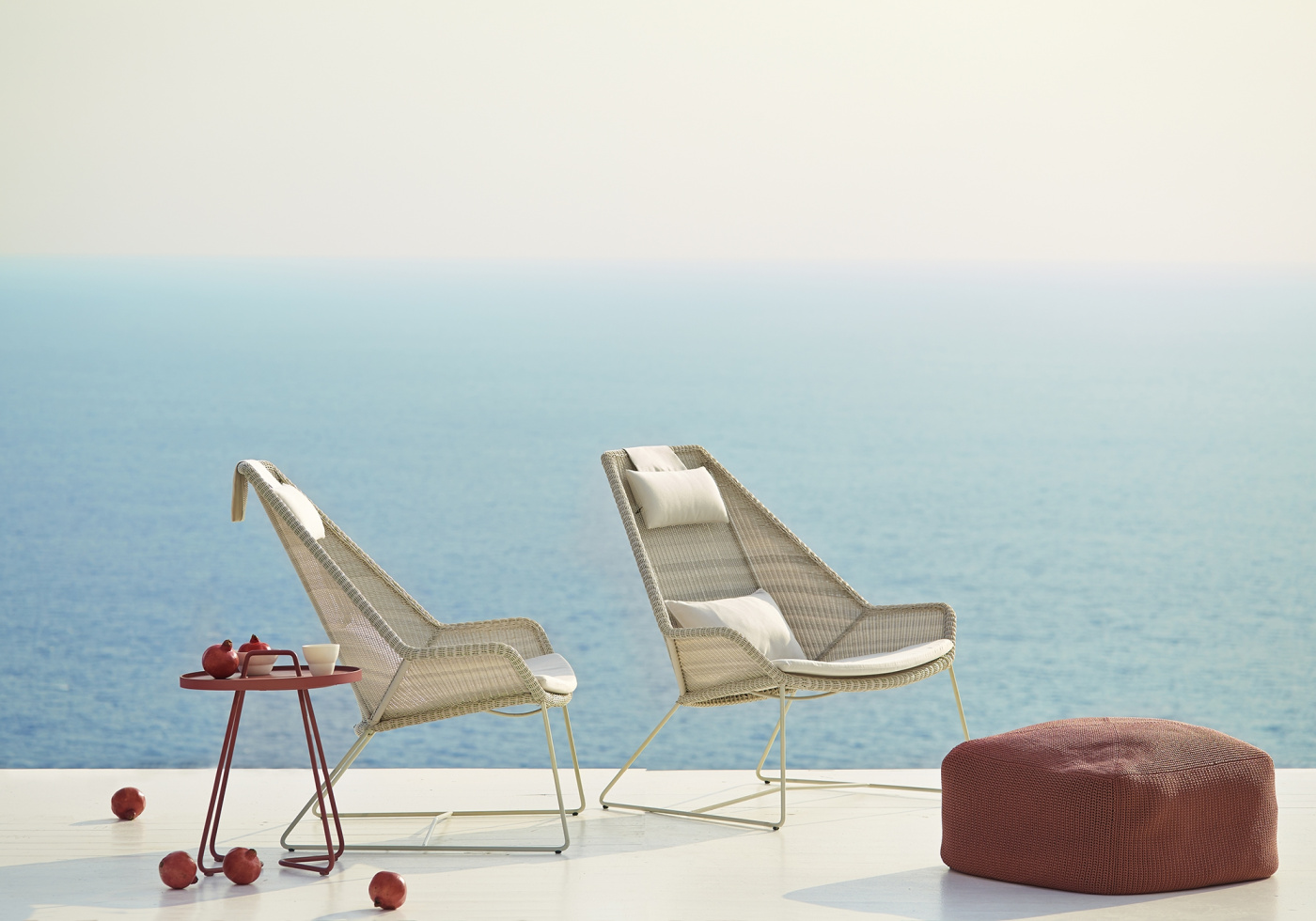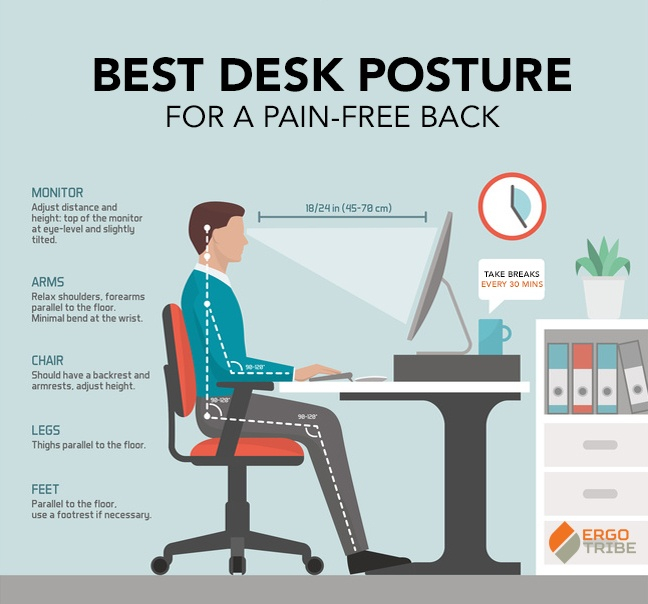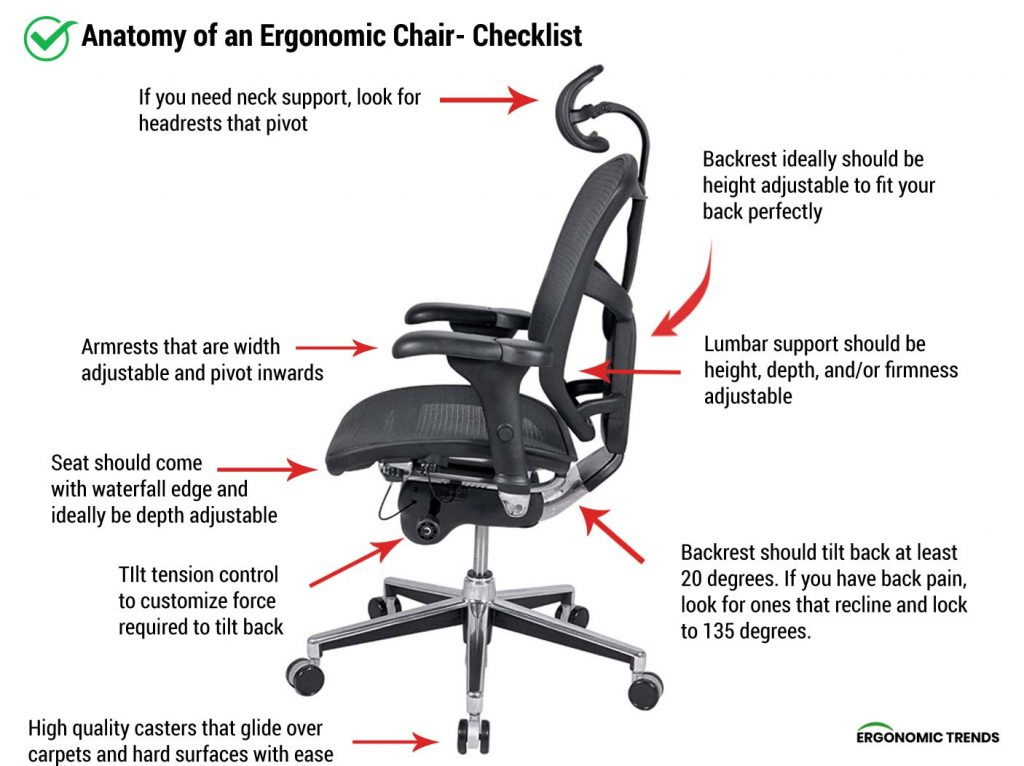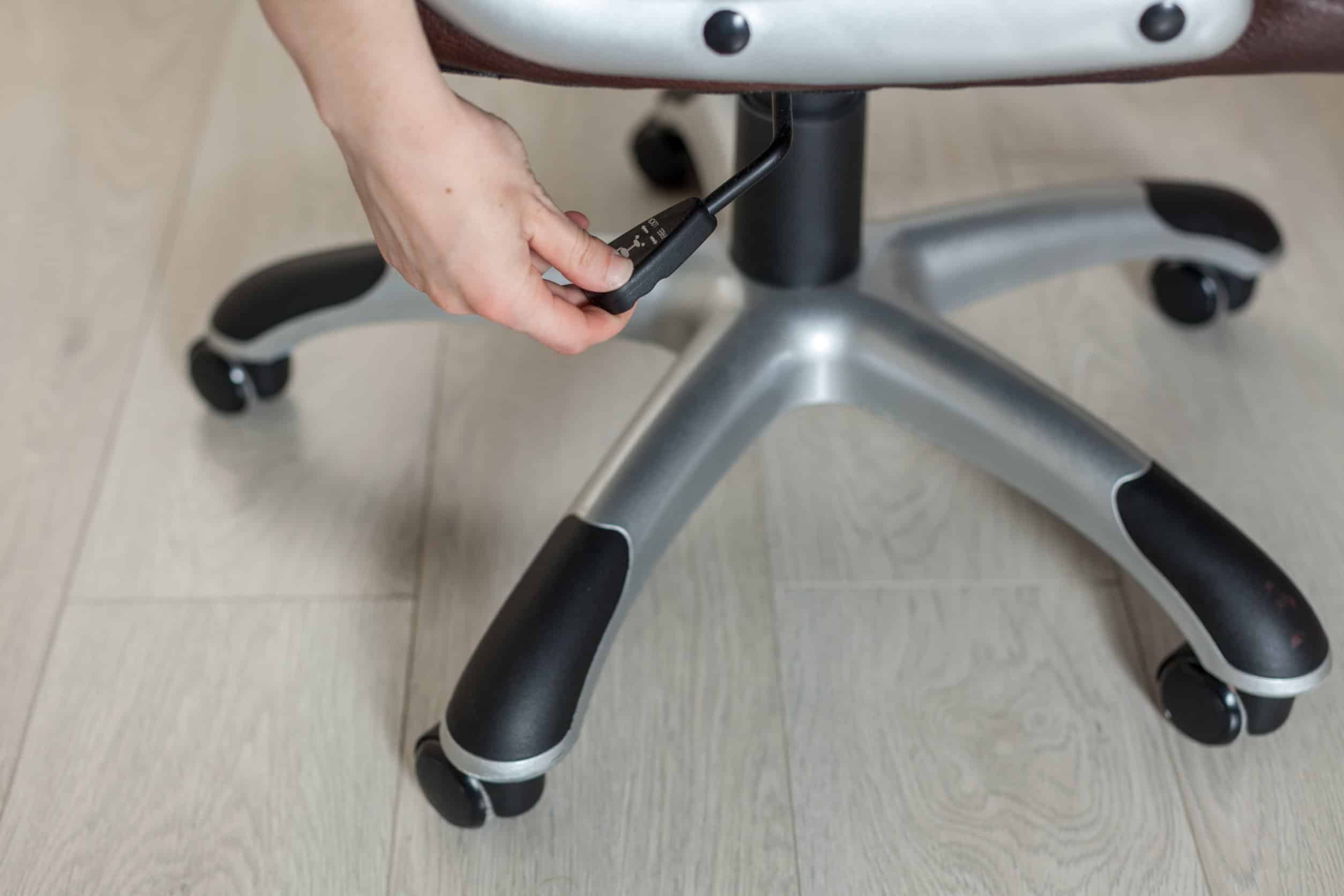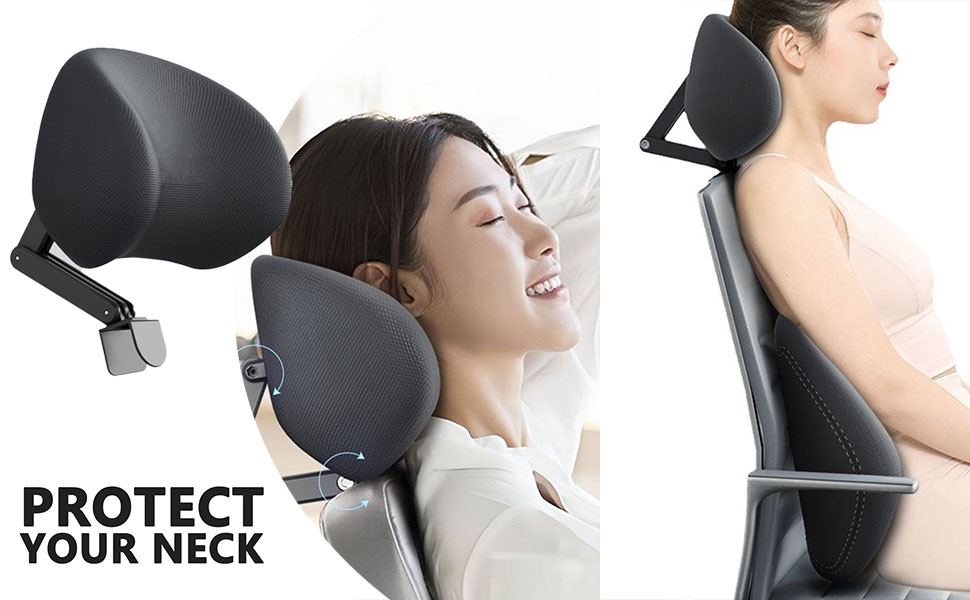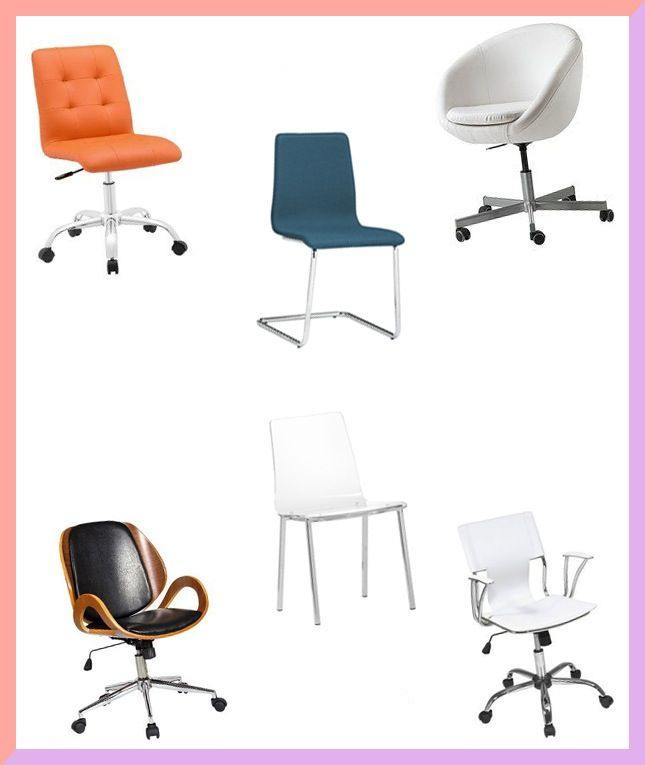Tired of those unsightly grooves and worn-out patches appearing under your office chair? It’s a common problem, especially if you have carpets. That constant rolling back and forth, day after day, really takes a toll. But what if there was a simple, effective way to stop this damage in its tracks and even make your chair glide more smoothly? That’s where the humble carpet office chair mat comes in. It’s more than just a piece of plastic; it’s your floor’s best friend and a smart investment for any home or business office.
We spend so much time thinking about the big stuff in our offices – the desk, the computer, the comfy chair. But what about the ground beneath your feet? Your carpet, whether it’s plush in your home study or commercial-grade in a busy office, is a significant investment. And let’s be honest, the constant movement of an office chair can turn it into a battleground. Those tiny wheels dig in, shredding fibers and creating deep, permanent depressions. It looks bad, feels bad, and can shorten the life of your carpet considerably. So, how do you shield your flooring from this daily grind and make your workspace more functional? Choosing the right carpet office chair mat is the answer, and it’s not as complicated as you might think.
Understanding Carpet Chair Mat Types
First off, not all carpet mats are created equal. For carpeted floors, you’ll primarily be looking at two main types: beveled edge mats and spiked (or studded) back mats. Beveled edge mats are generally better for low-pile carpets. They have a smooth, ramp-like edge that makes it easier to roll your chair on and off the mat without tripping. Spiked back mats, on the other hand, have small, grippy points on the underside designed to anchor them firmly into thicker, plusher carpets like shag or deep pile. These spikes prevent the mat from shifting or ‘creeping’ as you move around, which is crucial for safety and effective protection. Picking the wrong type can mean a mat that slides around or doesn’t offer enough support, so getting this right is step one.
Material Matters: Durability and Safety
The material of your chair mat plays a huge role in its longevity and how well it performs. You’ll often see mats made from polycarbonate, PVC (vinyl), or PET (recycled plastic). Polycarbonate is a real champion – it’s incredibly strong, resistant to cracking and chipping, and stays clear for a long time. It’s often a bit pricier, but for heavy use or very thick carpets, it’s usually worth the investment. PVC is more budget-friendly and flexible, but it can sometimes yellow over time, develop ‘chair marks’ (indentations from the wheels), or become brittle in cooler temperatures. PET is a more eco-conscious choice, often made from recycled bottles, and it’s generally quite durable, though perhaps not quite as tough as polycarbonate. When considering materials, think about how much you’ll be using your chair and the weight it will bear.
Pile Height: The Crucial Carpet Compatibility Factor
This is perhaps the most critical detail when choosing a mat for carpet. Carpet pile height refers to how tall the carpet fibers are. Using a mat designed for the wrong pile height can lead to frustration. For low-pile carpets (think standard office carpets, Berber, or low-cut plush), a thinner, smoother mat or one with a slight texture on the underside is usually best. These mats typically don’t have deep spikes. For medium-pile carpets, you might still get away with a smooth mat, but one with very short, dense spikes can offer better grip. Then there are high-pile carpets (like shag or deep plush). These absolutely require a mat with longer, more aggressive spikes to penetrate the fibers and keep the mat stable. If the spikes aren’t long enough, the mat will sink into the carpet, making it difficult to roll and offering little protection. Always check the manufacturer’s recommendations for pile height compatibility.
Size and Shape: Covering Your Tracks Effectively
Think about how you move your chair. Do you tend to roll back and forth in a straight line, or do you swivel and move in multiple directions? Most standard mats are rectangular, offering a good amount of space for forward and backward movement. However, if you have a larger desk area or tend to move around a lot, you might want to consider a larger mat or even a round one. Some mats also come with a ‘lip’ or ‘tongue’ that extends under the desk, providing extra protection for the carpet directly in front of your workstation. Measure your typical chair movement zone before you buy to ensure the mat will cover the area most prone to wear and tear. You don’t want to be constantly rolling off your mat, defeating its purpose.
Considering Your Health and Ergonomics
A good chair mat isn’t just about protecting your carpet; it’s also about making your workday more comfortable and efficient. A mat that allows your chair to roll smoothly reduces the effort you need to exert to move. This can be surprisingly beneficial, especially if you find yourself constantly pushing off with your feet to reposition yourself. It can lead to less strain on your legs and back and promote better posture. Some mats are also designed with a slight texture on the surface to provide a bit of grip for your feet if you need to rest them on the mat itself. When choosing, consider if the mat’s surface feels stable and if it genuinely improves your chair’s mobility.
Maintenance and Longevity: Keeping Your Mat in Top Shape
Thankfully, most carpet office chair mats are pretty low maintenance. A simple wipe-down with a damp cloth and a mild cleaner is usually all that’s needed to keep them clean and looking good. Avoid harsh chemicals, as they can damage the material. For spiked mats, occasionally lifting the mat can help dislodge any dust or debris that might have accumulated in the spikes, ensuring they maintain their grip. Over time, even the best mats can develop wear, especially in high-traffic areas. If you notice significant scratching, cracking, or the mat no longer stays put, it might be time to consider a replacement. Investing in a quality mat upfront often means it will last much longer, saving you money and hassle in the long run.
Choosing the right carpet office chair mat is a straightforward process when you know what to look for. It’s all about matching the mat’s features – its type, material, spike length, and size – to your specific carpet and how you use your workspace. By taking a little time to consider these factors, you’re not just buying a mat; you’re investing in the longevity of your carpet, the comfort of your workday, and the overall appearance of your office. So, go ahead, give your floor the protection it deserves and enjoy smoother, more comfortable movement as you work. It’s a small change that makes a big difference.

